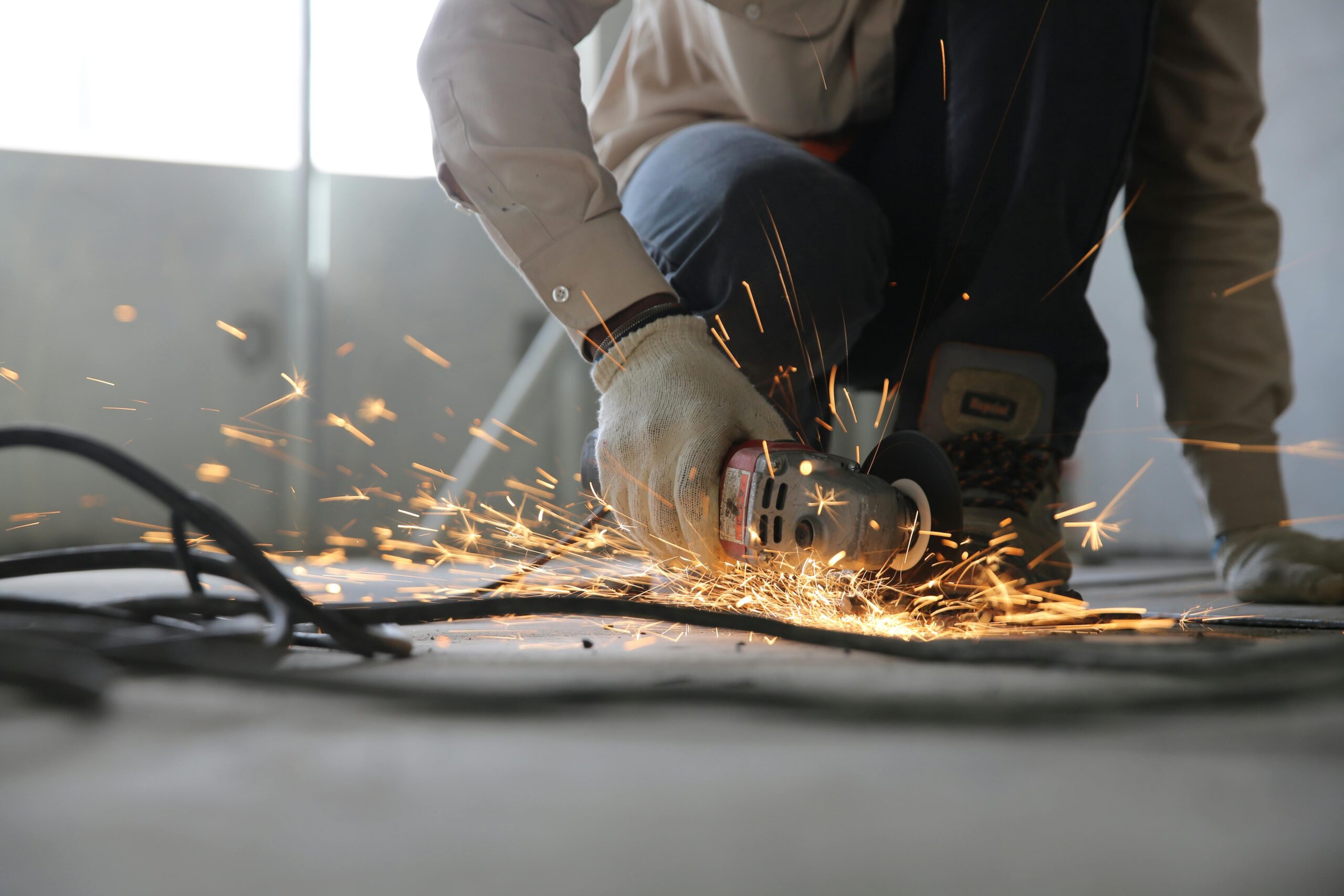Exploring the World of Heavy Duty Gloves

Heavy Duty Gloves
In the realm of personal protective equipment (PPE), heavy duty gloves stand as the unsung heroes, safeguarding our hands from a myriad of potential hazards. Whether you’re a construction worker, mechanic, welder, or simply tackling tough DIY projects, these gloves are the frontline defenders against cuts, abrasions, chemicals, and more. Let’s dive into the world of heavy duty gloves and uncover the crucial role they play in ensuring the safety and well-being of workers across various industries.
The Anatomy of Heavy Duty Gloves:
- Materials Matter: Heavy duty gloves are crafted from a diverse range of materials to address specific workplace challenges. Leather gloves, for instance, are ideal for protection against abrasions and punctures, making them a favorite among construction workers. Meanwhile, nitrile and neoprene gloves provide excellent resistance to chemicals, making them indispensable in laboratories and industrial settings.
- Cut Resistance Technology: The threat of cuts and lacerations is a constant concern in many industries. Heavy duty gloves often integrate advanced cut-resistant materials such as Kevlar or Dyneema to create a protective barrier without compromising dexterity. This is particularly crucial for workers handling sharp tools or machinery.
- Heat and Flame Protection: For professions involving welding, forging, or any task that exposes hands to extreme heat, heavy duty gloves with heat-resistant properties become a necessity. These gloves, often made from materials like Kevlar or aluminized fabric, provide a reliable defense against burns and flame exposure.
- Impact Resistance: In industries where hands are at risk of impact injuries, heavy duty gloves with reinforced padding or impact-resistant materials are vital. These gloves absorb and dissipate the force of impact, preventing injuries from crushes or blows.
Applications Across Diverse Industries:
- Construction and Carpentry: Heavy duty gloves in construction are crucial for protecting against sharp objects, abrasions, and impacts. Leather gloves with reinforced palms are popular choices, providing a balance of durability and flexibility.
- Automotive and Mechanical Work: Mechanics often deal with sharp tools and heavy machinery, making cut-resistant gloves with good grip essential. Nitrile-coated gloves are commonly used in these settings, offering protection against oil, grease, and chemicals.
- Welding and Metalwork: Welders face unique challenges, including extreme heat and sparks. Heavy duty gloves designed for welding are typically made from flame-resistant materials, ensuring optimal protection against burns and thermal exposure.
- Chemical and Laboratory Environments: Laboratories and chemical industries demand gloves that resist a variety of chemicals. Nitrile and neoprene gloves provide the necessary barrier against hazardous substances without compromising tactile sensitivity.
- Policing and Security: Law enforcement professionals often encounter unpredictable situations where hand protection is paramount. Heavy duty gloves designed for policing purposes offer cut resistance, impact protection, and sometimes even touchscreen compatibility, enabling officers to perform their duties safely and effectively.
- Medical and Healthcare: In the medical field, especially in areas where sharps or biohazards are handled, heavy duty gloves play a crucial role in safeguarding healthcare professionals. These gloves, often made from latex or nitrile, protect against bloodborne pathogens, chemicals, and other potential contaminants.
- Emergency Services: First responders, including firefighters and paramedics, require gloves that can withstand various challenges, from handling debris in emergency situations to protecting against heat and flames. Heavy duty gloves with multifunctional features are essential in these dynamic environments.
Order Heavy Duty Gloves in Bulk from Pickering Safety
Understanding that heavy duty gloves transcend industry boundaries underscores their versatile nature. They are not just tools for specialized tasks but indispensable assets across diverse professions, ensuring the safety and well-being of workers in fields as varied as policing, healthcare, construction, and more.

